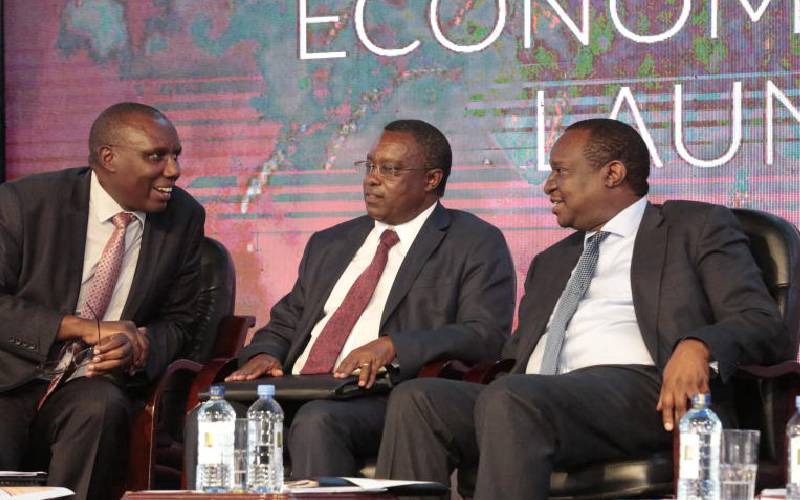×
The Standard e-Paper
Join Thousands Daily

Kenya National Bureau of Statistics Director General Zachary Mwangi, Planning PS Julius Muiya and National Treasury CS Henry Rotich at KICC on 25/4/19. [Beverlyne Musili]
The Kenya National Bureau of Statistics (KNBS) last week released the 2019 edition of the Economic Survey with key indicators pointing to a robust economic performance over the past year.